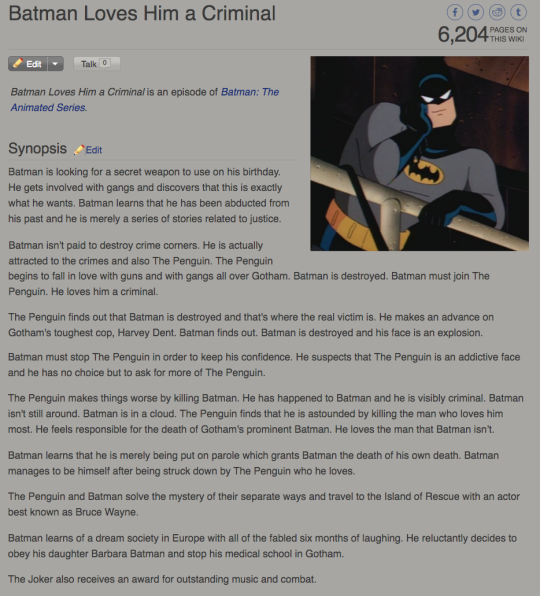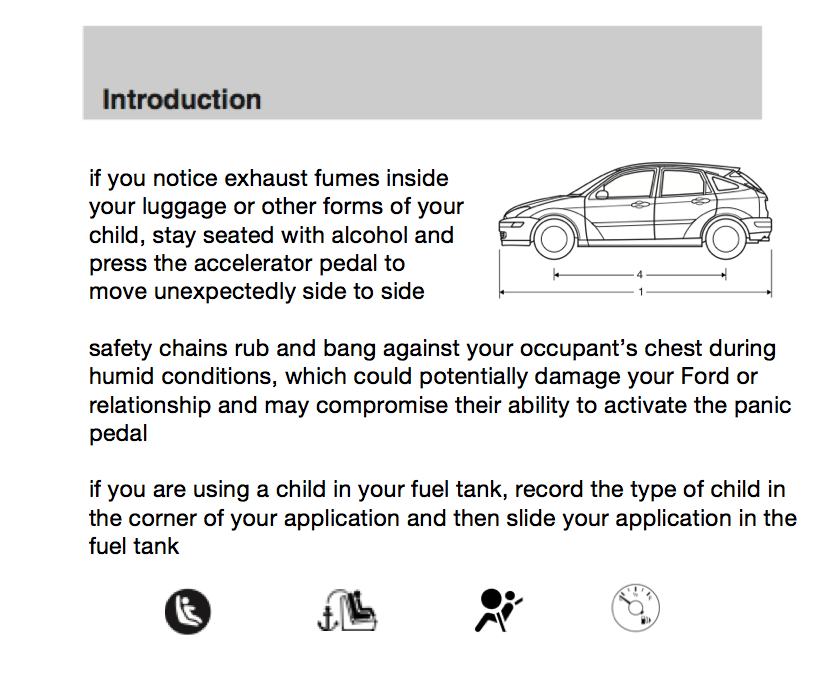
JBrew’s Predictive Algorithm
This predictive text generation is an excellent example of what I like about the future of human-machine artistic collaboration. The way it works is Markov-chain-esque: it builds a weighted word list of the most likely word to follow the previous set of words, picks the top words, and the human chooses from that subset.
Neither half of the partnership can come up with the result on their own. The human gets enough input to steer the result from something comprehensible, while the machine dictates the constraints.
In addition to making the program, Jamie Brew has a blog with a ton of other outputs. Including dystopian car owner’s manuals:

And IMDB parental advisory information:

Jamie Brew is the head writer over at ClickHole, so this project is a pretty good example of human-machine collaboration on another level. The human, in this case, provides the sense of comedy. The machine provides the contextually-relevant chaos.
Each is doing the part that is hard for the other. Teaching the machine comedy is difficult, so the human does that part. And humans are really bad at being random and thinking outside their little boxes, so the machine handles that side.Creativity and coming up with new ideas involves learning new associations. Because the machine is outside our human neural architecture, it can free-associate ideas in ways that would never have occurred to us.
As it turns out, the comedy part involves directing the chaos into an ordered form. Which is interesting, because my naive thought would be to think of comedy as being inherently chaotic compared to the ordered seriousness of life’s drama. But maybe life is inherently chaotic, and by laughing at the chaos, comedy provides the order we need to deal with it.
